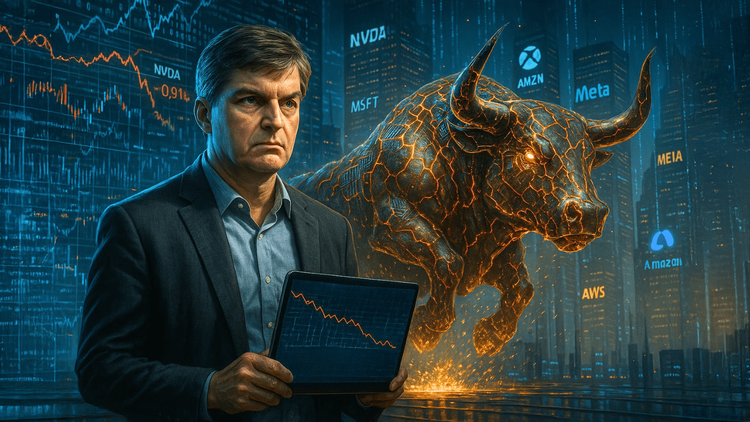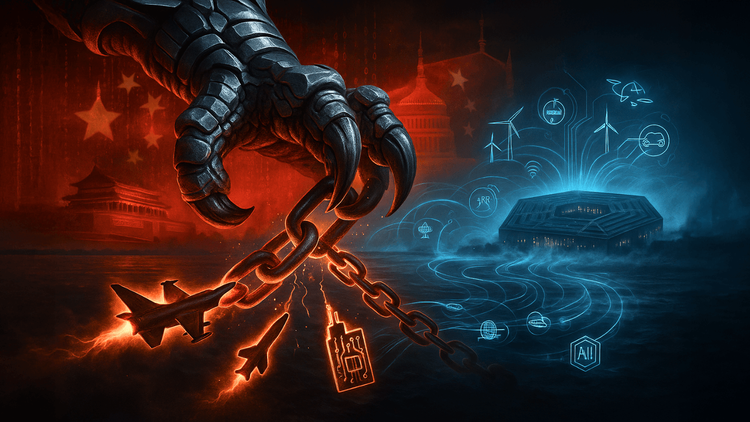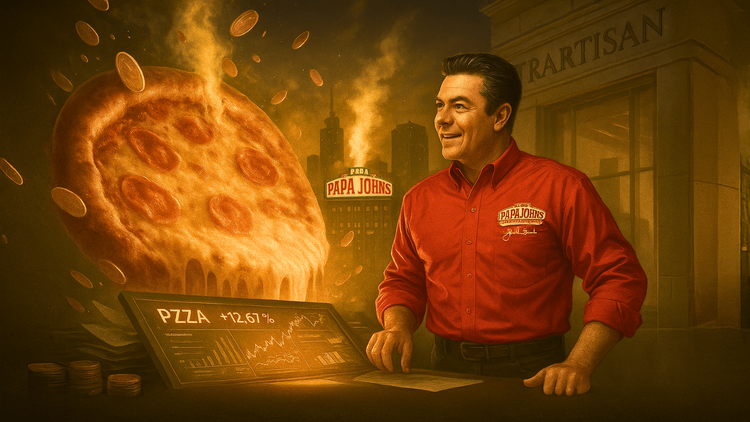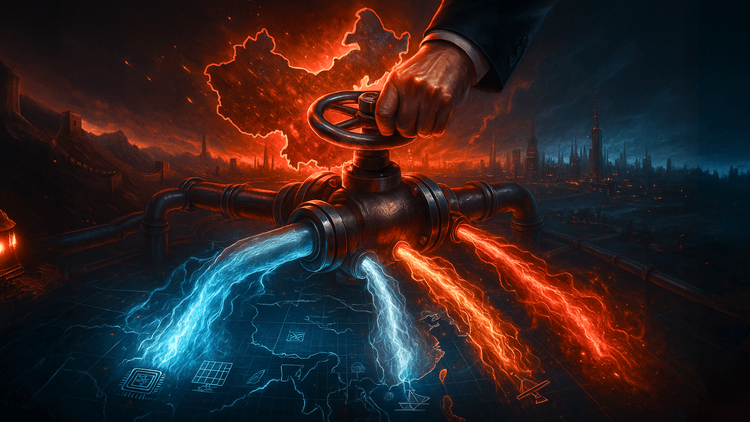Michael Burry’s “Byte-Sized” Warning to the AI Bulls
As Nvidia’s trillion-dollar AI empire expands, Michael Burry — the man who called the 2008 crash — warns that Big Tech’s obsession with short-lived chips and creative accounting could turn the AI boom into the next financial bubble.

The world has seen its share of speculative frenzies. From the dot-com boom to the crypto craze, investors have always been drawn to the promise of endless growth. Now, artificial intelligence has become the latest obsession, and Nvidia Corp. (NASDAQ: NVDA) stands at its epicenter. Its powerful chips are the foundation of modern AI, driving record profits, stock rallies, and trillion-dollar valuations. Yet amid the euphoria, one seasoned skeptic is once again raising a red flag. Michael Burry, the man who famously predicted the 2008 financial crisis, believes the math behind the AI boom doesn’t add up.
The warning cuts to the core of the AI economy: depreciation. The chips powering this revolution have short lives, falling in value fast as new models roll out. The result? A system that depends on perpetual reinvestment and creative accounting to look sustainable.
The Short Life of AI’s Golden Machines
Every revolution needs its tools, and for AI, those tools are Nvidia’s GPUs—graphics-processing units capable of handling the colossal calculations behind models like ChatGPT. Each one costs tens of thousands of dollars, and together they make up a huge portion of the roughly $400 billion that the world’s largest technology companies plan to spend on AI infrastructure this year. Analysts expect that figure to swell to nearly $3 trillion by 2029.
But unlike factories or fiber-optic networks, these chips don’t last. Their typical lifespan is around five years, after which they become technologically obsolete. Nvidia’s Chief Executive Officer Jensen Huang half-joked earlier this year that once its next-generation “Blackwell” chips start shipping, “you couldn’t give Hoppers away.” That may have been said in jest, but it highlights a serious truth—AI hardware loses value almost as quickly as smartphones.
This short shelf life is forcing the biggest hyperscalers, Amazon.com Inc. (NASDAQ: AMZN), Microsoft Corp. (NASDAQ: MSFT), and Alphabet Inc. (NASDAQ: GOOGL), into a spending cycle that never ends. To stay competitive, they must constantly refresh their data centers with the latest silicon. What was once a one-off investment has become a treadmill of recurring costs, and the financial implications are staggering.






